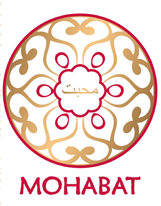

Kashmir is located in the middle section of the Silk Road and the western half of the Himalayan Mountain region. It lies between the borders of China, India and Pakistan, and was once a scenic tourist location famed as “The Switzerland of South Asia”.
Kashmir is well-known around the world for her long history of exporting premium pashmina. With a predominantly agrarian economy, the handicraft industry is a major source of employment for locals. The Kashmiris have developed unparalleled expertise in weaving and making premium pashmina scarves and handmade silk carpets. The artisans in Kashmir believe that years of hard work and dedication to their craft will be rewarded.

In Kashmir, when a boy is born, her parents will start weaving a mulberry silk perisan carpet until he comes of age and is ready for marriage. The completed Persian Silk Carpet will be offered as part of the gift, carrying all the family blessings and love.
Ancient Persian nobles demanded maximum comfort when it came to carpets. Therefore, the evolution of Persian carpets from tribes, villages, cities to royal palaces led to an upgrade of material from cotton and linen to wool, and gradually to the most premium mulberry silk. Especially in the palaces, people discovered that even the large animal hides obtained from labour-intensive hunts cannot rival the soft touch and texture of silk carpets.
Mulberry silk is the lightest, softest and finest natural fibre from nature. It has the best springiness and is hence wrinkle-resistant, helping it keep shape and offer the most refined and delicate texture, earning it the prestige as “the body’s second skin”. Renowned for its light and breathable properties, mulberry silk is also resistant to mites and odour, giving birth to ever-lasting products that can be passed down for generations.
In interior design for luxury homes, carpets are regarded as “the fifth wall”, contributing the largest source of colours to the room. A carpet’s colour theme sets the tone for the overall design, not only because of the size of the carpet, but more importantly, because of its anchoring function to a room’s interior design style.
Persian silk carpets are colourful and unique, often woven with intricate geometric patterns shrounded in rich cultural history and carrying pure blessing to their owners. Persian carpets have a unique silky shine with changing hues when viewed from different angles under different lights, granting the carpets a mysterious and elegant charms. The silk fibre is delicate and light, and with skilful techniques, can be woven into artistic masterpieces unrivalled by other carpets.
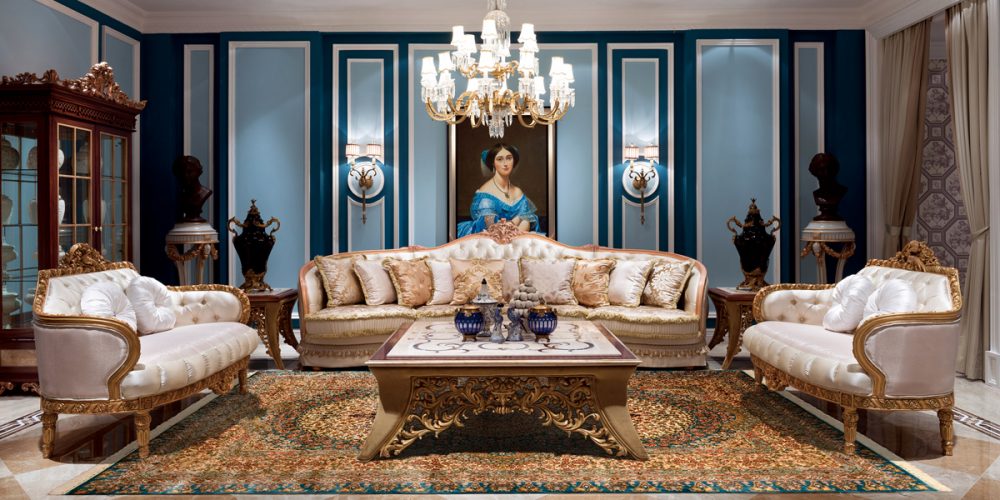
The Tabriz style is named after the second largest city in Iran with the same name, which is also known as “The Home of Persian Carpets”.
Tabriz has preserved the most traditional spirit of Persian carpets with a floral pattern in the centre for a graceful and mysterious style. On the other hand, Tabriz is the most modernized, weaving together a wide range of colours and novel patterns for a fresh and exciting new look.
This carpet perfectly illustrates the Tabriz style. Classic floral pattern at the centre surrounded by European-style curled leaves framing layers of different colours. This central pattern strikes a seamless balance between the old and the new in a carefully crafted aesthetic sunflower. The background patterns consist of palm flowers, lilies and Arabian curled leaves, intertwining together present a sense of sinuous elegance. Coloured with natural dyes, the harmonious contrast between the sapphire blue and bright yellow creates a luxurious profundity.
The legendary beauty of silk carpets has been polished by time and blooms extravagantly in the modern world.
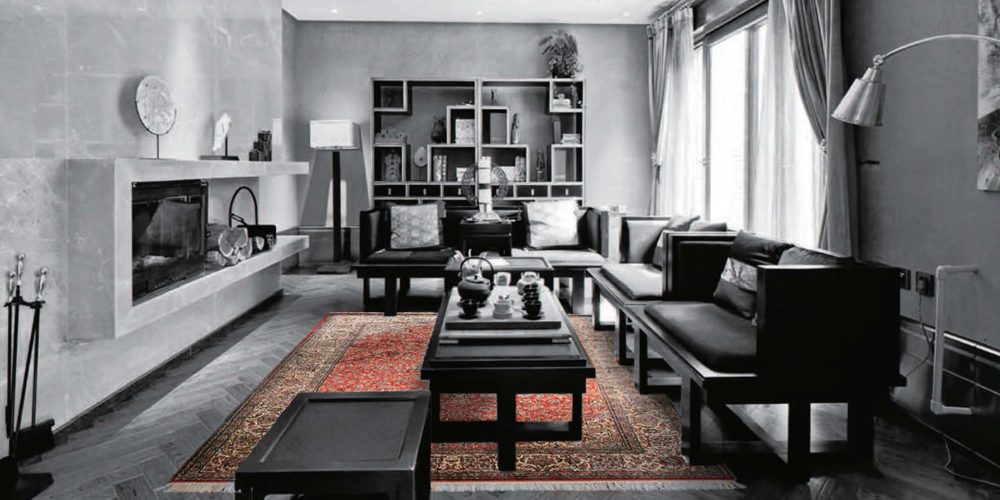

克什米尔(Kashmir)与羊绒(Cashmere)同音同源,当地独有的喜马拉雅高山羊所产的羊绒软糯细腻,纤维直径细达12微米,而克什米尔的披肩就是以这种羊绒作为底料加上当地匠人的精细织绣,最终成为一件件美丽的艺术品。
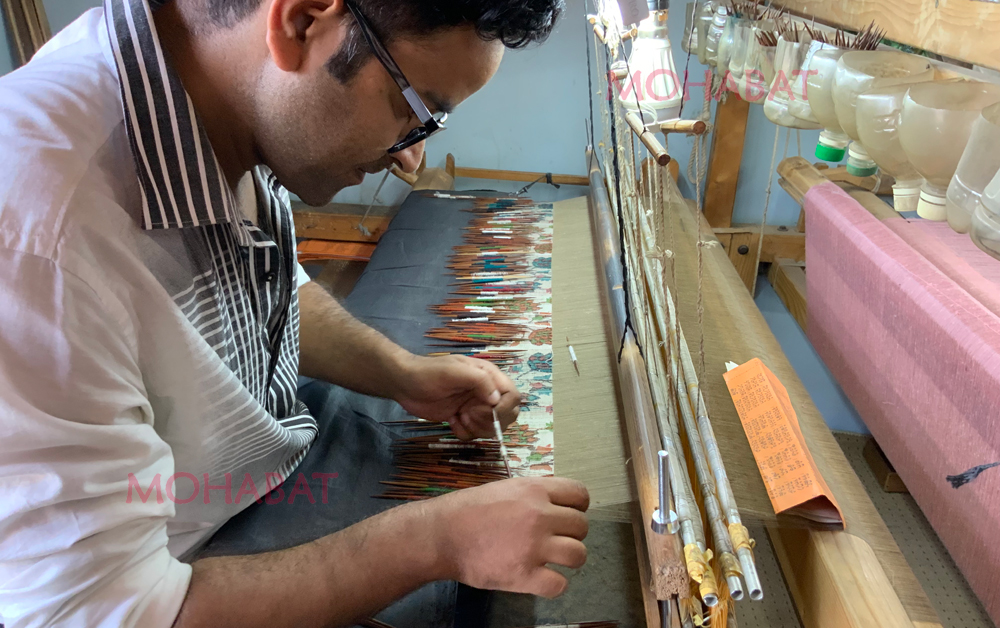
克什米尔的羊绒刺绣具有很多特殊性,刺绣的底坯是柔嫩的羊绒,绣花没有图纸和颜色参考,下针时没有花绷做支撑,绣艺传男不传女,这些对于其他国家刺绣者, 尤其是中国绣娘来说, 好像是天方夜谭。
克什米尔的围巾底坯的均为手工织做的,羊绒从散养在山间的羊身上梳下后,经过手工筛选纺线后,以植物的根茎和矿物质染色后,将羊绒线分经纬两道,卷在木头梭子上,手工纺织。因为羊绒质地极软,人工方便调控,机器的力道会轻易将绒线拉断。
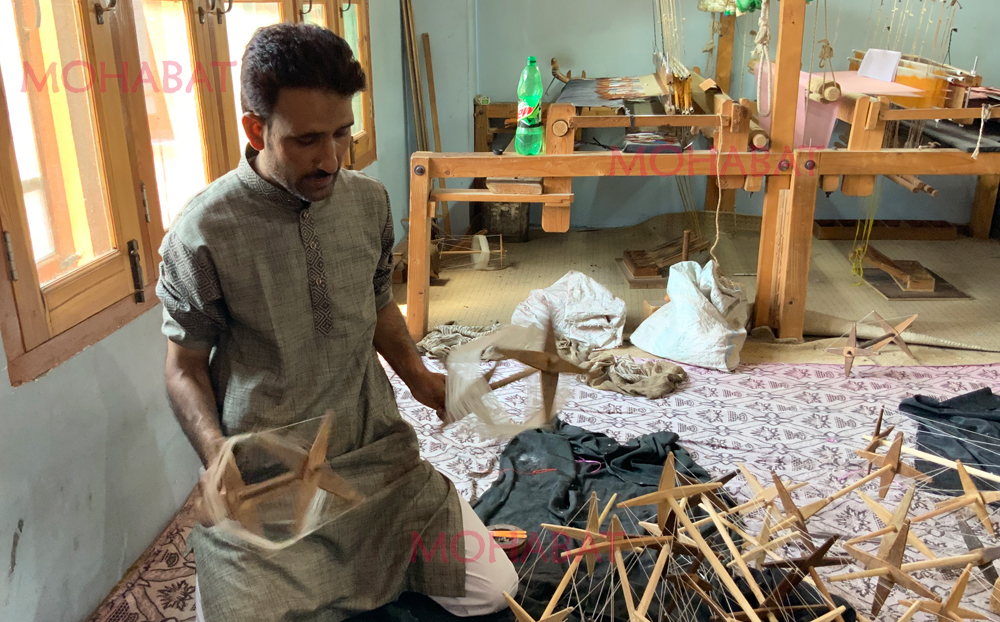

刺绣底坯羊绒来自喜马拉雅雪山,这种地产的羊绒非常稀缺,产量极低。由于羊绒纤维的极度柔软,原绒必须由手工纺织。而织好的绒布,必须以一种缓慢稳健的节奏进行刺绣,一条羊绒刺绣披肩往往耗费数月甚至数年的时间。
卡尼是一种克什米尔独有的围巾制作工艺,有着600多年的历史,因制作围巾的工具称为卡尼而得名。卡尼是天然核桃木制成的小针,缠绕彩线,横竖打结,从而织出不同的图案。如用相片做比喻,每一个结相当于电子图像中的一个像素,每一个结都有所不同。这种精湛的技艺,让人手和肉眼在数百年前就塑造出可以和现代科技相媲美的细致。
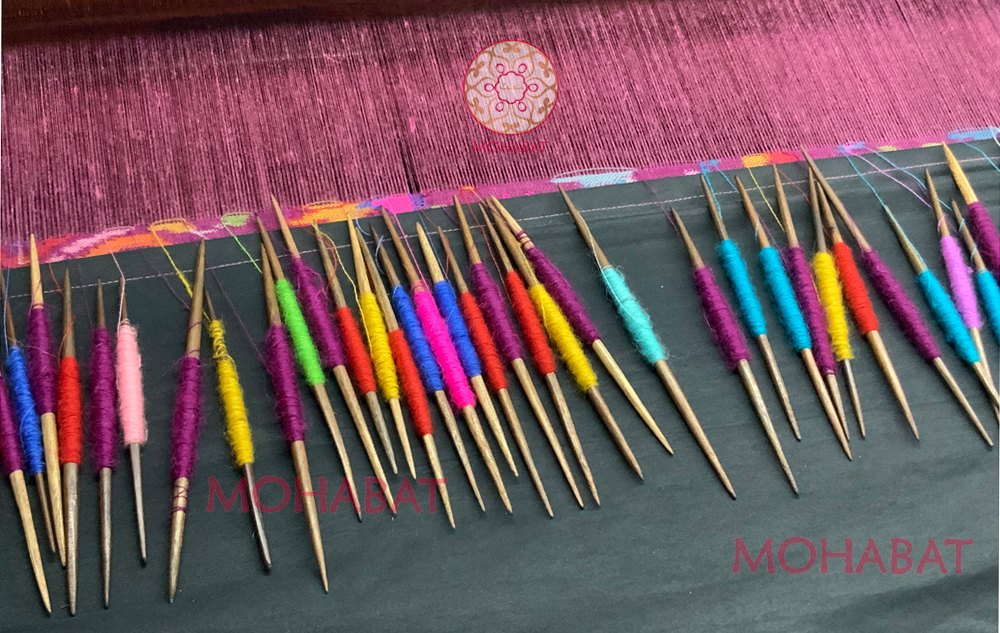
Persian silk carpets arise from ancient Persian civilization, and have evolved into a unique art form. It is easy to find elements of Persian silk carpets in a lot of paintings, furniture and fashion items, and in the West, they are revered as artwork on the floor. Nothing can rival the artistic value of Persian silk carpets in embellishing a room. Persian silk carpets are also part of the rarity collections in many palaces, renowned architecture, galleries and museums.

A properly designed premium Persian silk carpet can extend the sense of space while offering privacy, helping the owner relieve tension and tiredness, ensuring serenity for both body and soul.
Persian silk carpets are commonly found in palaces, embassies, top law firms and offices, as well as high-end shops, adorning such venues with a ceremonial and grand atmosphere, greeting visitors with the highest customs.

Apart from their artistic values, Persian carpets also have very high functionality. With increasing demand for an aesthetic lifestyle, many investors are starting to look beyond the investment value of art pieces. Persian silk carpets are currently attracting Mainland collectors because of their triple values in art, functionality and market potential. The value of an exceptional carpet often exceeds its price, and its future value growth is determined by the right owner, the right usage environment and the right collector’s eye. In the past few years, due to the increase in manpower and material costs, the market value of Persian silk carpets continues to rise. Furthermore, because of industrialization and the opening of alternative employment opportunities, the production of handwoven carpets is annually decreasing, showing a tremendous value-growth potential for this rare craft.